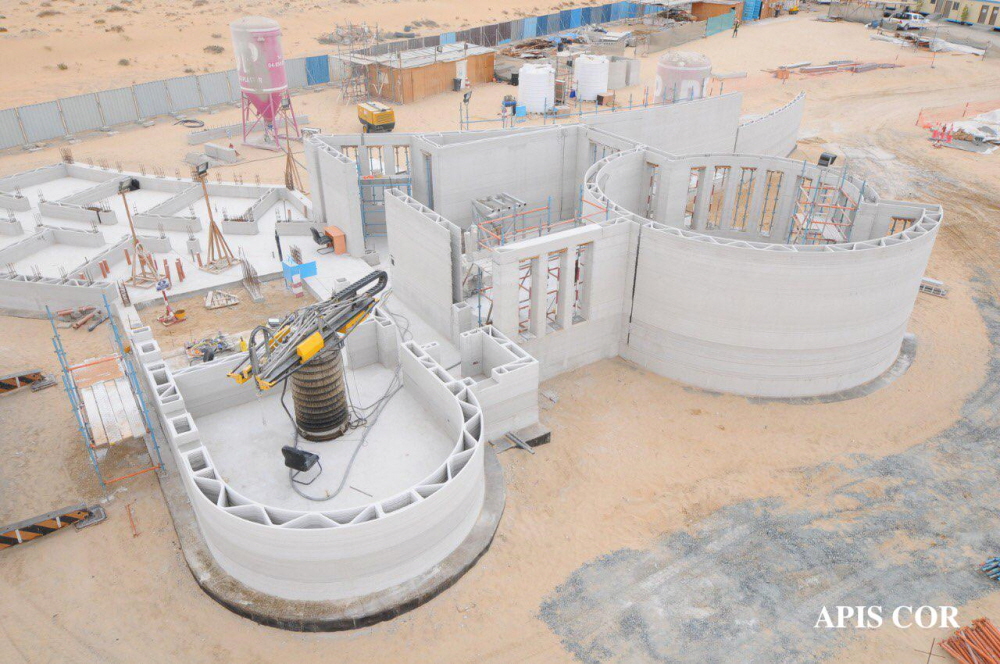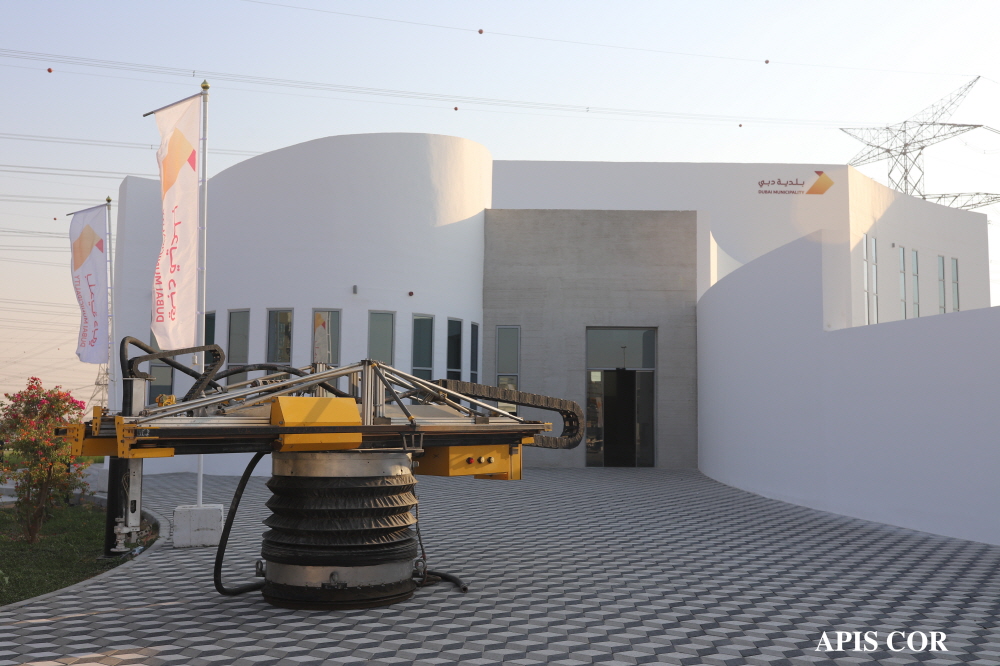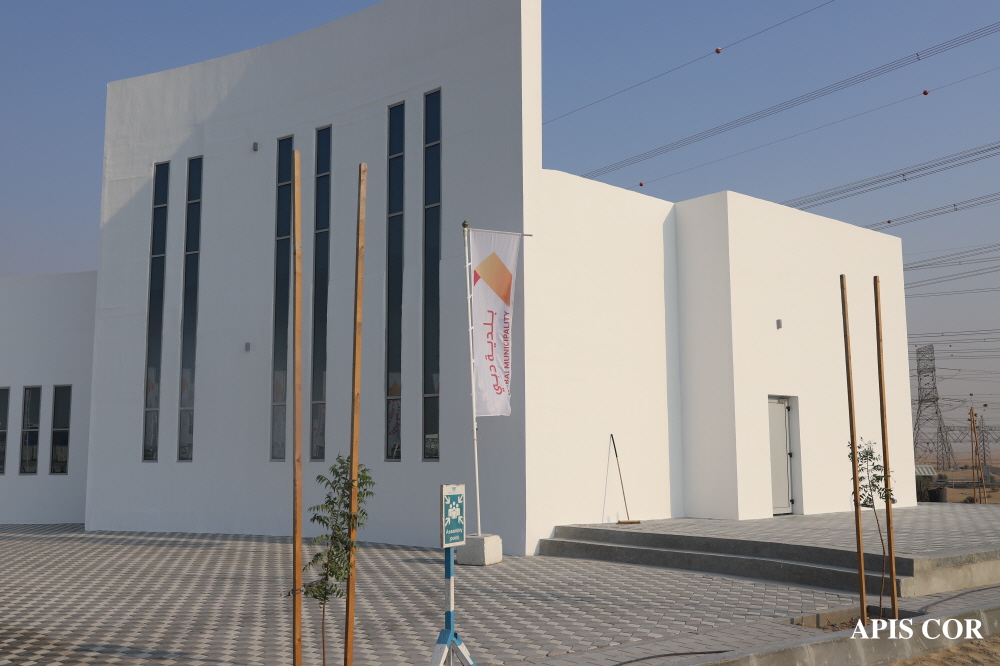
The world’s largest 3D printer home was completed in Dubai.
With the advent of small 3D printers, 3D objects that could not be made on a large scale in the industrial level can be easily printed at home. In addition, food made with 3D printers is thought to solve the food problem, and there is an example where a building is usually completed 24 hours a day, which is made every few months to several years. In this respect, it can be said that 3D printers have the potential to significantly change the industrial methods.
The idea of printing a house with a 3D printer is attracting attention from various companies in each country, and 3D printing housing development is in progress in Mexico. In addition, the Dubai government has announced plans to build 25% of buildings using 3D printing technology by 2025.


In the midst of this, the world’s largest 3D printed mansion was completed in the new Dubai. This building is 640m 2, so it is 194 pyeong when calculated in pyeong. Its height is 9.4m. The construction was carried out jointly by Apis Cor, a 3D printing construction company based in Boston, and Dubai.
The 3D-printed house has a design that combines a curved surface and a flat surface, and elongated windows are installed. Each floor is connected by stairs. Until now, 3D printers for construction were huge, and after printing parts indoors, they chose to assemble them locally. However, Apis succeeded in developing a groundbreaking system to create three-dimensional objects by printing concrete directly at the construction site and stacking materials. Using this 3D printer, Apis has succeeded in building houses in the past 24 hours.
Since all materials are procured from land, material transportation costs can also be reduced. The cross section of the wall has a truss structure like chipboard to increase the strength. The 3D printer arms are gradually building up high, repeating back and forth. At the construction site, one 3D printer was transported by a crane and installed in the necessary place. Since one 3D printer and the team complete the house, significant savings can be expected in terms of cost.
In the construction of Dubai, the task was to develop machinery and 3D printer materials that could withstand the harsh climate. In addition, this structure is determined after analysis and calculation from various viewpoints such as shaking, vertical movement, floor mass, inertia and model analysis. Apis’ next project is planned in California and Louisiana, USA. Related information can be found here .


